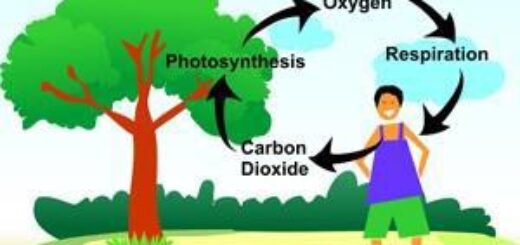Dental Caries
Dental Caries
The hard, outer covering of a tooth is called enamel (see Figure ). Tooth enamel is the hardest material in our body. It is harder than even bones. The part of tooth below enamel is called dentine. Dentine is similar to bone. Inside the dentine is pulp cavity. The pulp cavity contains nerves and blood vessels. The formation of small cavities (or holes) in the teeth due to the action of acid-forming bacteria and improper.dental care is called dental caries. This happens as follows.

When we eat sugary food, the bacteria in our mouth act on sugar to produce acids. These acids first dissolve the calcium salts from the tooth enamel and then from dentine forming small cavities (or holes) in the tooth over a period of time. The formation of cavities reduces the distance between the outside of the tooth and the pulp cavity which contains nerves and blood vessels. The acids produced by bacteria irritate the nerve endings inside the tooth and cause toothache.
If the cavities caused by dental decay are not cleaned and filled by a dentist, the bacteria will get into the pulp cavity of tooth causing inflammation and infection leading to severe pain. If the teeth are not cleaned regularly, they become covered with a sticky, yellowish layer of food.particles and bacteria cells called ‘dental plaque’. Since plaque covers the teeth forming a layer over them, the alkaline saliva cannot reach the tooth surface to neutralise the acid formed by bacteria and hence tooth decay sets in. Brushing the teeth regularly, after eating food, removes the plaque before bacteria produces acids. This will prevent dental caries or tooth decay.













 +91-94068 22273
+91-94068 22273 
